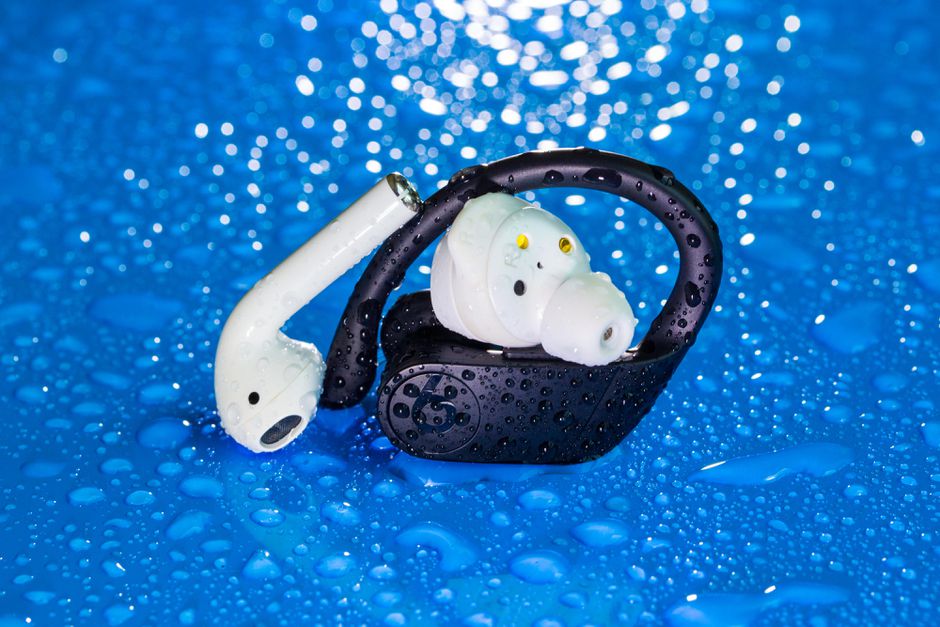And even if you do, you’re not sure if it’s okay to carry or use it while it rains, use them while working out, go to swimming lessons wearing it, or shower with it. Well, if you fall under this category, we’re going to help you break down the jargon in this article. Let’s dive in.
What is IPX Rating?
The Ingress Protection Code (IP Code), which is also known as International Protection Marking, is an internationally accepted standardized scale that was published by the International Electrotechnical Commission (IEC). These ratings tell the level of protection a device (Headphones and TWS Earbuds, in this case) has from outside contaminants like water and particles (dirt, dust, etc.).With this rating, it is easier to understand – more accurately – the water or dust resistance power of your device, as against just using the term waterproof or water-resistant. Read More: Waterproof And Water-Resistance: What Are Their Differences?
IPX Ratings Classification
With the IPX ratings, the higher the rating, the better the protection. In conclusion, here is something to keep in mind: There is the ‘IP‘ rating (For instance, IP68, which tells both the dust and water resistance rating of a device), and then there’s the IPX rating (for instance, IPX7) – don’t mix them up. When the solids protection rating of a device isn’t known, it is replaced with an ‘X‘ which basically tells only the water-resistance rating for the device.

